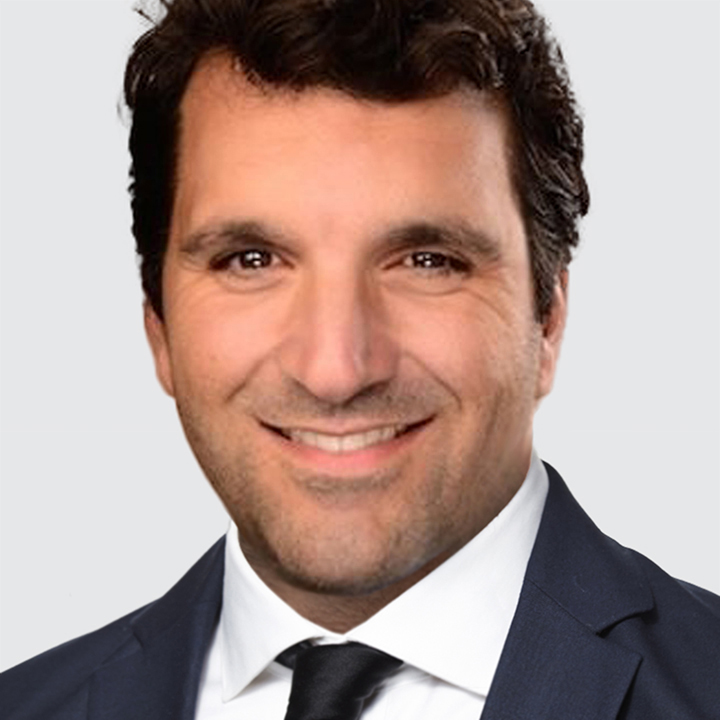US
USD and 2-year Treasury yields rebounded yesterday despite confirmation of a sharp slowdown in US labor demand. The Bureau of Labor Statistics (BLS) preliminary benchmark revisions to net payroll growth was larger than expected. Monthly job creation was reduced by an average of -76k a month or -911k annually (consensus: -700k) for the twelve months ended March 2025. The revision represents a decline of-0.6% of total nonfarm employment, which is bigger than the 10-year absolute average annual benchmark revisions of 0.2%.
The counter-intuitive moves in USD and Treasury yields look more like positioning squaring rather than justified by fundamentals. In our view, the steeper pullback in US labor demand supports a more dovish Fed policy stance, even as inflation risks remain skewed to the upside, given that monetary policy is moderately restrictive. Bottom line: we recommend investors lean against relief rallies in USD.
Today, the US August PPI print will likely show that progress towards the Fed’s 2% inflation goal is stalling (1:30pm London, 8:30am New York). Watch out for PPI services less trade, transportation, and warehousing as it feeds into the PCE. In July, this measure ticked up to 3.1% y/y vs. 2.8% in June.
A US District Court judge gave Fed Governor Lisa Cook the green light to attend the upcoming September 16-17 FOMC meeting. According to the ruling, Cook’s alleged mortgage misconduct likely didn’t amount to “cause” to fire her under the Federal Reserve Act. The US Supreme Court, with a conservative majority shaped by President Donald Trump’s appointment, will ultimately have the final say. Regardless of the final ruling, political interference with the Fed’s independence undermines policy credibility and is an ongoing drag on USD.
The Senate Banking Committee votes today on Stephen Miran's nomination to the Federal Reserve Board of Governors. If he clears the panel, the nomination will proceed to a full Senate vote on September 15, allowing him to take part in the September FOMC meeting. Miran has expressed support for significantly lowering interest rates.
Crude oil prices ticked-up by less than $1/bbl following Israel’s strike in Doha targeting Hamas’ leadership. We doubt this targeted attack will curtail the downtrend in crude oil prices given the global oil glut. The US Energy Information Administration expects global oil inventories to grow by an average of more than 2 million barrels per day from 3Q25 through 1Q26 as OPEC+ members increase production.
NORWAY
NOK is outperforming. Norway inflation remains sticky above the Norges Bank’s 2% target. In August, headline CPI matched consensus and the Norges Bank’s forecast at 3.5% y/y vs. 3.3% in July. Underlying CPI printed for a third consecutive month at 3.1% y/y, lower than consensus of 2.9% but in line with the Norges Bank projection. Persistently above target inflation backs the Norges Bank’s prudent easing stance which is NOK positive.
At the last August 14 meeting, the Norges Bank kept the policy rate unchanged at 4.25% and reiterated “the policy rate will be reduced further in the course of 2025.” The bank’s policy rate path forecast presented in June implies one 25bps cut to 4.00% by year-end. The swaps market is more dovish pricing in over 70% probability of a 25bps cut at the next September 18 meeting and 50% odds of another 25bps cut in December.
CHINA
USD/CNH is trading heavy near 7.1200 with the next support offered at 7.1000. China’s August CPI was mixed. Headline CPI eased to a six-month low at -0.4% y/y (consensus: -0.2%) vs. 0% in July reflecting the decline in food prices. Core CPI rose to an 18-month high at 0.9% y/y vs. 0.8% in July. PPI matched consensus at -2.9% y/y vs. -3.6% in July but still suggests that deflationary pressure remains high.
China’s economy is struggling to escape a deflationary spiral in large part because consumption spending is too weak. In our view, a gradual revaluation of China’s currency could help China stimulate consumer spending by boosting disposable income through cheaper imports. Bottom line: USD/CNH has room to break lower.
POLAND
PLN is underperforming most currencies. Poland called Russia’s drone incursion into its territory an “act of aggression.” Poland’s President Karol Nawrocki said he discussed the possibility of launching NATO’s article 4 during a meeting with Prime Minister Donald Tusk and army officials.

